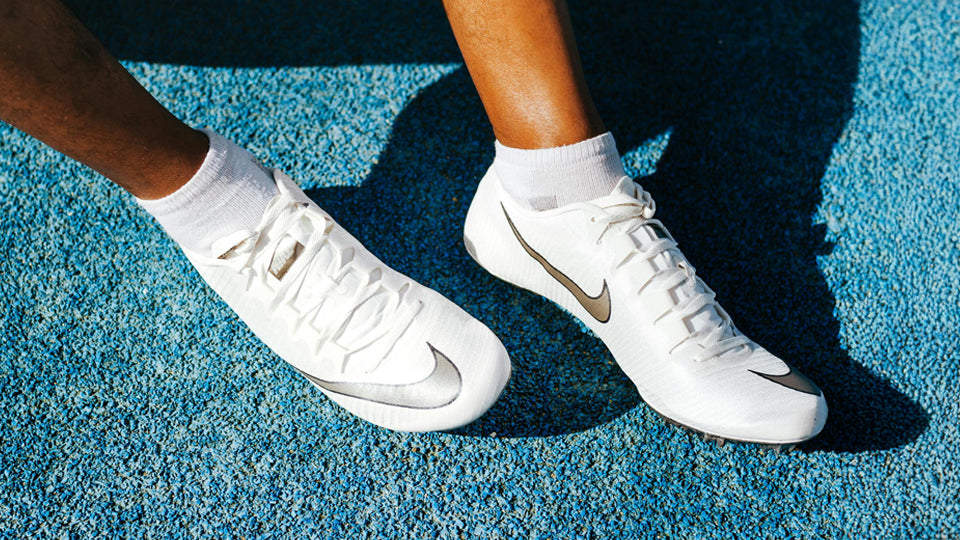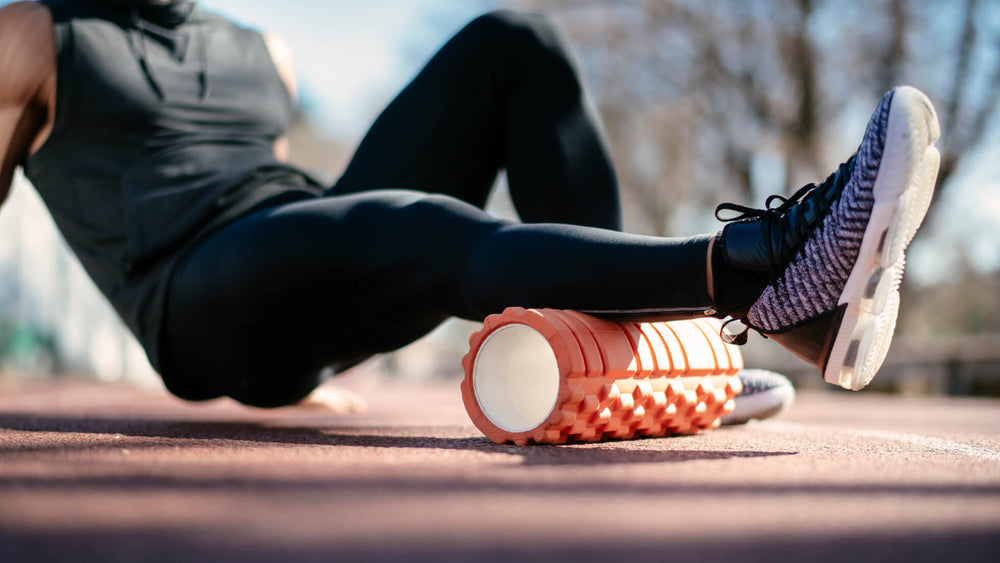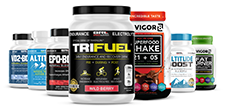Beating Blisters: 5 Essential Tips for Happy Feet

Any runner who's ever had their post-run high crushed by the burning sensation of a blister knows just how debilitating these small but mighty adversaries can be. Whether you're training for your first 5K or preparing for an ultra-marathon, blisters can sideline even the most seasoned athletes. Here are five proven strategies to keep your feet blister-free and running strong.
1. The Art of Sock Selection
Your socks are your first line of defense against blisters, and choosing the right pair is crucial. Forget cotton — it's your foot’s worst enemy. When it comes to materials, synthetic moisture-wicking fabrics like polyester or nylon should be your go-to choice. Merino wool is another excellent option, offering natural moisture management and temperature regulation that keeps your feet comfortable in various conditions. Pick up some moisture-wicking socks next time you visit your running store!
The fit of your socks is just as important as the material. They should hug your feet snugly without being constrictive, with no bunching or wrinkles that could create friction points. Many runners swear by toe socks for preventing blisters between toes, especially during longer runs. Remember to replace your socks regularly as they lose their cushioning and elastic properties over time.
2. Pre-Run Protection Strategies
Prevention is always better than cure, and this couldn't be more true when it comes to blisters. Before lacing up, consider applying anti-chafe balms or products like Body Glide to known hot spots. Foot powders can provide extra moisture control for those prone to sweaty feet. Whatever product you choose, make sure to test it on shorter runs before using it in races or long training sessions.
Strategic taping can be a game-changer for blister prevention as well. KT tape, moleskin, or specialized blister prevention tape should be applied to clean, dry feet, ensuring there are no wrinkles that could cause additional friction. Many runners find success with pre-cut blister prevention patches for common problem areas.
3. Shoe Fit and Breaking In
While not technically a treatment, proper running shoe selection and break-in periods are crucial for blister prevention. Get fitted at a specialty running store where experts can analyze your gait and foot shape. Your shoes should allow about a thumb's width of space in the toe box, and new shoes need a gradual break-in period of 2–3 weeks. Don't forget to replace your shoes every 400–500 miles or when you notice the cushioning breaking down.
4. Treating Active Blisters
Warning Signs to Watch For:
- Redness spreading beyond the blister
- Warm or hot skin around the area
- Pus or cloudy fluid
- Fever or chills
Sometimes, despite our best efforts, blisters happen. For small, unbroken blisters, start by thoroughly cleaning the area and applying an antiseptic. Cover it with a specialized blister bandage, which can help protect the area while allowing it to heal. Monitor the site carefully for any signs of infection.
Larger or broken blisters require more careful attention. Clean the area with soap and water or antiseptic, and consider carefully draining it if necessary using a sterilized needle. Apply antibiotic ointment and cover with a sterile dressing, changing it daily or whenever it gets wet. If you notice any of the warning signs listed above, don't hesitate to seek medical attention.
5. Recovery and Prevention of Recurrence
Daily Care Essentials:
- Keep the area clean and dry
- Allow time to air out when possible
- Use moisture-wicking foot powder
- Monitor healing progress
Once you've dealt with a blister, maintaining proper care is essential for preventing recurrence. Pay attention to your running form, as recurring blisters in specific areas might indicate a form issue that needs addressing. Different lacing patterns can help reduce pressure points, and extra care during wet conditions is crucial.
Consider adding a blister or foot pain section to your training log to identify patterns in when and where you develop blisters. Note which shoes, socks, or conditions lead to problems. Many runners find success rotating between multiple pairs of shoes, allowing each pair adequate time to dry completely between uses. This approach also helps extend the life of your shoes and can reduce the risk of repetitive stress injuries.
Race Day Success Strategies:
- Pack blister supplies in your race kit
- Pre-tape known hot spots
- Consider sock changes during ultras
- Never try new gear on race day
Remember, blisters might seem like a minor inconvenience, but they can seriously impact your training and racing if not properly managed. By implementing these prevention strategies and having a solid treatment plan, you can keep running comfortably and focus on what matters most — enjoying your runs and reaching your goals.
Take care of your feet, and they'll take care of you through countless miles of training and racing. Happy running!
Take the next step in your training regimen: Try any BRL Sports supplement risk-free! If our natural nutritional products aren’t the best you’ve ever used, simply return your purchase for a 100% refund — no questions asked!
Also in Inspiration & Perspiration

High Altitude Supplements: Complete Guide to Training & Prevention (Altitude Sickness Solutions)
Support endurance and reduce altitude stress with supplements that improve oxygen efficiency, stamina, and recovery in high-altitude conditions.

Best Supplements For Runners: Complete Guide By Training Phase (Base, Peak, Taper & Race Day)
Discover the best supplements for runners by training phase—base, peak, taper, and race day—to boost endurance, recovery, and performance.

Creatine for Endurance vs. Sprint Efforts
Creatine isn’t just for power—learn how it boosts sprint speed, recovery, and endurance performance.


